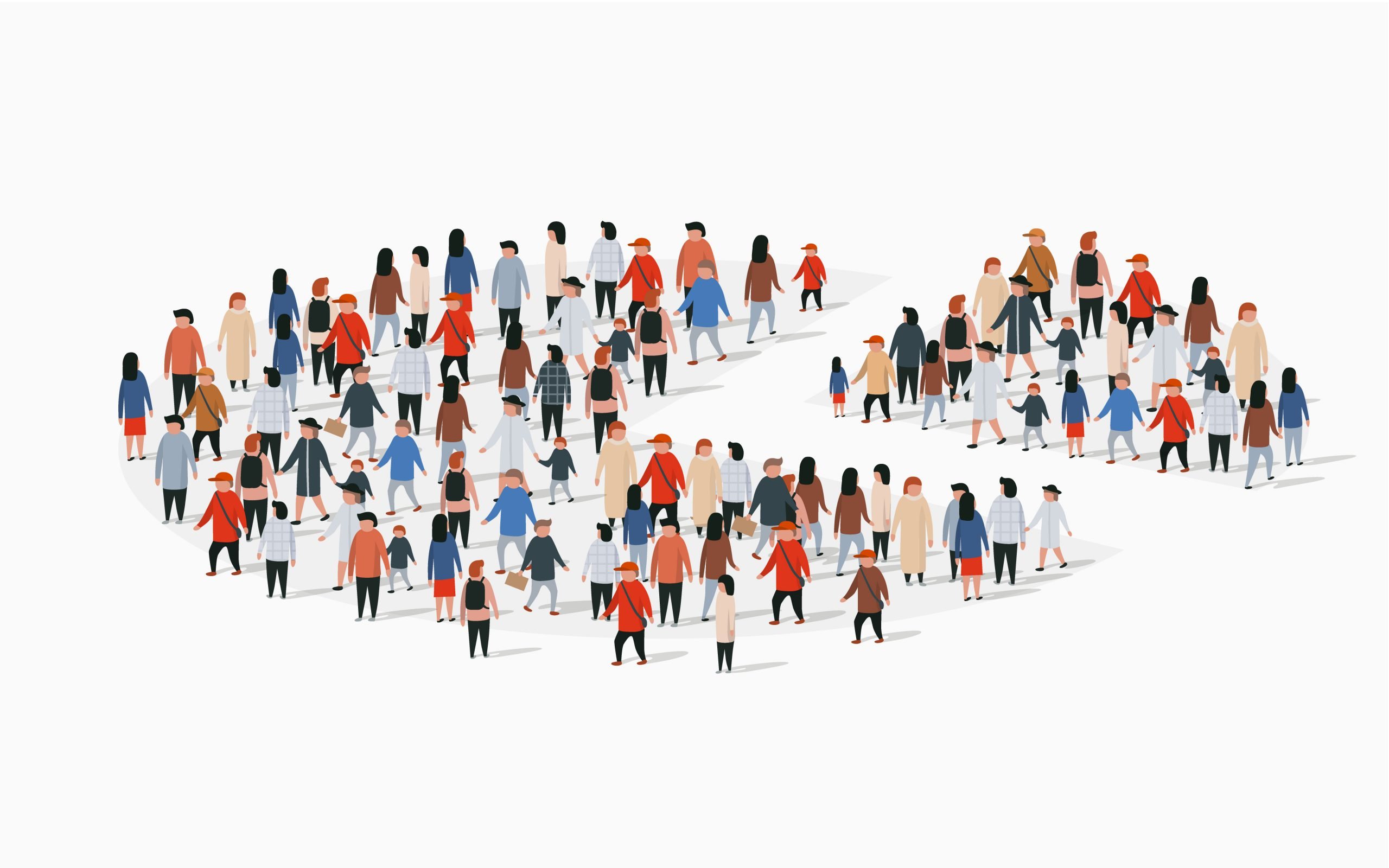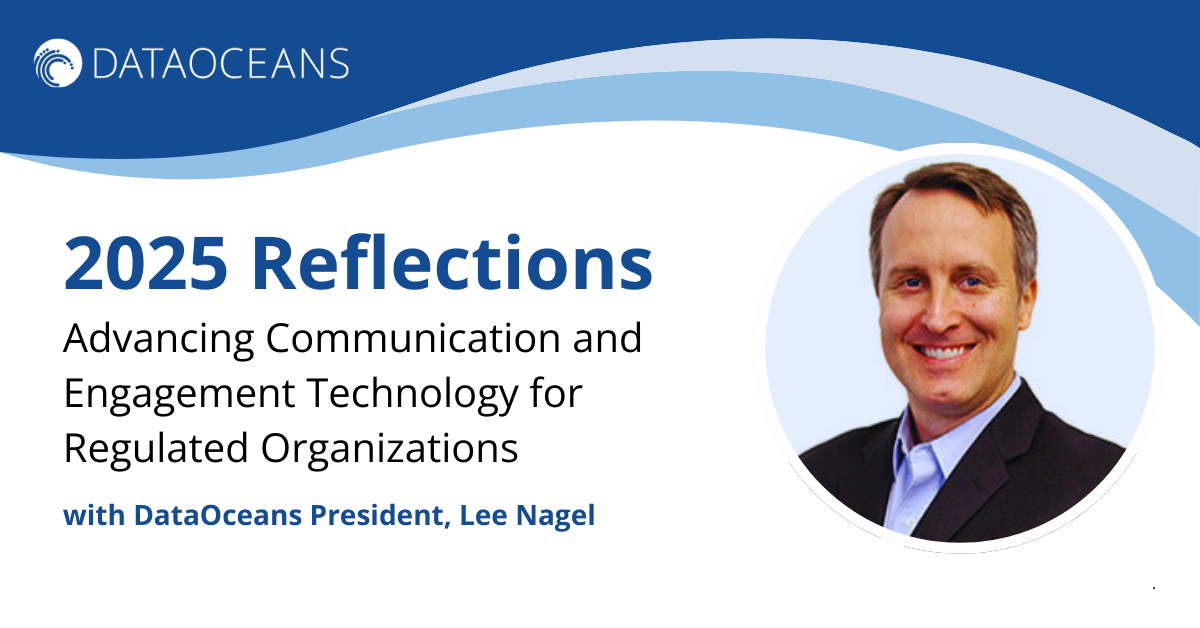Banks and credit unions operate in a highly competitive market. Smaller community institutions especially need to deeply understand their customers to compete with major national banks. Demographic segmentation (like age, zip code, marital status) is a good start, but doesn’t go far enough. Fortunately, banks and credit unions hold large volumes of customer data that can help them identify high-opportunity customer segments and deliver more relevant communications to them.
What Is Customer Segmentation?
Customer segmentation is a marketing process of dividing customers into different groups based on attributes in their data – such as their purchasing behavior, psychological traits, habits, interests, employment type and income. Understanding these details allows you to communicate with your customer base effectively and offer products and services that are most likely to appeal to them.
Customer segmentation isn’t as widely used as it should be. Many businesses reuse the same copy across their marketing materials, even when the messaging isn’t relevant to their audience. You’ve probably encountered real-life examples of this, like a cable company trying to upgrade you to services that aren’t yet available in your neighborhood. Using customer segmentation, you can tailor your communications to your customers and offer products and services they are more likely to want. Layering in personalization to your communications on top of this helps you increase customer loyalty while reducing friction points in your interactions. In a study by Accenture over 90% of consumers said they were more likely to shop with brands that provided relevant offers and recommendations.
Customer Segmentation Provides a Better Customer Experience
Modern segmentation tools allow institutions to drill deeper into customer data to identify different segments and opportunities.
Better Customer Insights
Customer segmentation helps you identify strengths and weaknesses in certain segments’ performance. You’ll have a much deeper knowledge of your customer base that allows you to see trends and patterns to serve your customers better with targeted marketing, sales and customer experience strategies.
Improved Customer Loyalty and Retention
Customer segmentation is highly personalized and proactive, which benefits customer retention. Generally, acquiring a new customer is five times as expensive as keeping an existing one. Segmentation can be used to generate leads, but it also works to keep existing customers loyal and satisfied.
Effective Marketing That Avoids Irritating Customers
Marketing is expensive, especially if you’re wasting your resources with messaging that isn’t tailored to your audience. Campaigns that are targeted to a segmented customer base provide greater conversions than messaging that’s designed for a broad audience.
Precise Targeting in the Marketing Funnel
Even if all of your customers need financial tools and services, they have different needs or are at different points in the customer journey. Customer segmentation allows you to target your marketing messages to address customers in different stages of the marketing funnel, so you’ll use your marketing budget more effectively and convert more customers.
Optimizing Using Your Data
It’s not enough to simply segment customers and deliver personalized communications to them, however. Your process should be data informed. The results of the communications you send need to inform subsequent communications, so that you have insight into which ones work and which need further improvement.
The DataOceans Oceanus Launch customer engagement platform allows banks and credit unions of any size to connect to their customer data and tailor marketing offers on emails, statements and more. Our solution can improve segmentation and personalization to help you deliver communications that your customers will value. Request a demo today to learn more about our segmentation functionality.



.png)
.png)